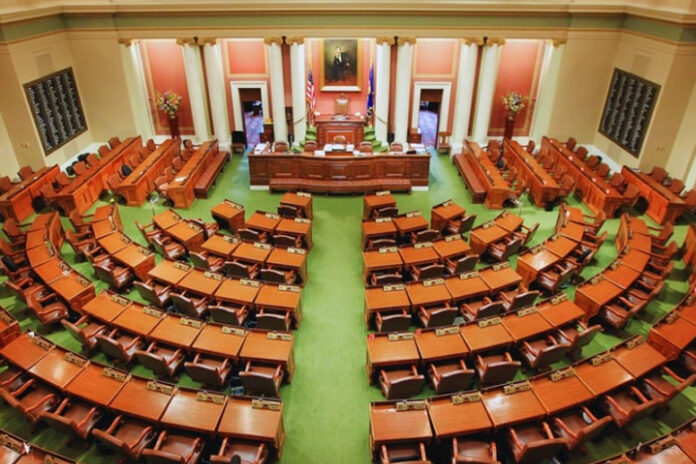As the spring session drew toward a close, Minnesota lawmakers delivered a legislative trifecta aimed at strengthening the state’s education system—passing three key bills that promise more funding, more flexibility, and a safety net for the people who keep schools running.
Late Friday evening in St. Paul, the Minnesota House approved the Education Budget Bill, the Education Policy Bill, and a $100 million unemployment insurance package tailored for hourly school workers. Together, the bills mark a significant step in the state’s evolving approach to education—centering not just students, but also the staff and structures that support them.
Budgeting with Heart—and Breakfast
At the top of the legislative stack was the Education Budget Bill, a funding blueprint that does more than just raise the numbers. It preserves Minnesota’s popular free breakfast and lunch program, which has become a lifeline for thousands of students across the state.
The bill’s passage signals continued bipartisan support for student nutrition initiatives—something that educators and families say directly impacts learning outcomes. But it wasn’t just about meals.
“I love there’s local control in this bill. I love there’s funding flexibility and mandate relief,” said Representative Peggy Bennett, a Republican from Albert Lea, while addressing her colleagues on the House floor.

Bennett, who has been an advocate for school choice and district autonomy, praised the bill for reflecting the input of educators across the state. School districts had requested not just more money, but more room to use it. The legislation includes provisions that allow schools greater discretion in spending, aiming to give administrators the freedom to address their most urgent local needs—from classroom resources to staff development.
Policy in Practice
Next up was the Education Policy Bill, a companion to the budget framework that will shape how the new funds are implemented across Minnesota schools. Though details of the bill’s policy shifts are still being parsed, it reportedly includes updates aimed at simplifying state mandates and enhancing district-level governance.
This bill, too, drew bipartisan attention for its emphasis on practicality. Supporters argued that it complements the budget’s financial investments with real-world tools for schools to operate more efficiently.
In essence, the Policy Bill functions as the “how” to the budget’s “what”—laying down the rules and reforms that will steer the use of incoming funds. For Minnesota’s education leaders, it’s a welcome signal that both dollars and direction are being delivered together.
A Win for Hourly Workers
Perhaps the most quietly transformative of the three bills passed was the $100 million allocation for unemployment insurance—specifically earmarked for hourly school workers like bus drivers, cafeteria staff, and custodians.
Historically, these employees have been left in the lurch during summer months, when schools close and paychecks pause. The new legislation ensures that these vital workers will now have access to unemployment support between school years, aligning their benefits more closely with their contributions.
The funding is expected to increase staff retention in a labor market that’s been increasingly unstable since the pandemic. School districts across Minnesota have struggled to hire and keep hourly staff—roles that are essential to school operations but often undervalued in state budgets.
By providing a financial safety net, lawmakers hope to reduce turnover, build continuity, and recognize the dignity of all roles within the education system.
A New Chapter for Minnesota Schools
Together, the three bills reflect a layered vision for education—one that goes beyond classrooms and test scores to encompass nutrition, staffing, governance, and community impact.


